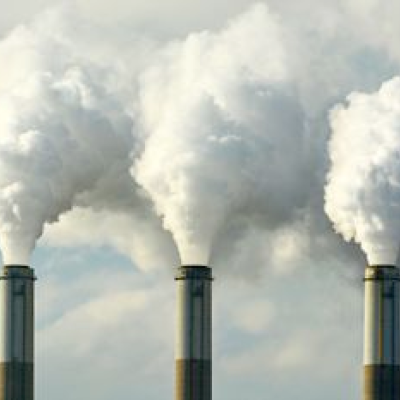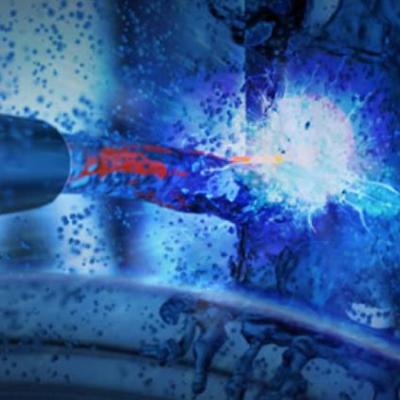Powder atomic layer deposition process is used to coat nanopowders of host materials (e.g. yttrium aluminum garnet) with optically active neodymium organometal precursor followed by O2/O3 RF plasma to convert to a single layer of Nd2O3. The process can be repeated to build arbitrarily thick layers with custom doping profiles and followed by post-…
Keywords
- Show all (57)
- Electric Grid (8)
- Carbon Utilization (6)
- Compact Space Telescopes (5)
- Diode Lasers (4)
- Materials for Energy Products (4)
- Optical Damage Mitigation (3)
- Precision Optical Finishing (3)
- RF Photonics (3)
- 3D Printing (2)
- Additive Manufacturing (2)
- Power Electronics (2)
- Synthesis and Processing (2)
- Additively Manufactured (AM) Optics (1)
- Geologic Storage (1)
- Inertial Fusion Energy (IFE) (1)
- Manufacturing Simulation (1)
- Precision Engineering (1)
- Ultrashort Pulse Lasers (1)
- (-) Laser Materials Processing (5)
- (-) Direct Air Capture (2)
Technology Portfolios

This invention solves a limitation in the current practice of adding hydroxyl functional groups to the aminopolymer through the use of an alternative synthetic approach. The novelty of our approach is to produce new structurally modified relatives of common aminopolymers (PEI and PPI) as well as new functionalized materials in which the hydroxyl groups are tethered to a carbon in the backbone…

This invention proposes using a pulse laser configured to generate laser pulses and a controller for controlling operation of the pulse laser. The controller is further configured to control the pulse laser to cause the pulse laser to generate at least one of the laser pulses with a spatiotemporally varying laser fluence over a duration of at least one of the laser pulses. The spatiotemporally…

This invention describes a multiple nozzle microfluidic unit that allows simultaneous generation streams of multiple layered coaxial liquid jets. Liquids are pumped into the device at a combined flow rate from 100 mL/hr to 10 L/hr. Droplets are created with diameters in the range of 1 µm to 5 mm and can be created with 1-2 shell layers encapsulating fluid. Droplets created from the system can…


The new LLNL technique works by transiently removing and trapping concrete or rock surface material, so that contaminants are confined in a manner that is easy to isolate and remove. Our studies suggest that 10 m2 of surface could be processed per hour. The technique easily scales to more surface/hr.

LLNL’s system consists of one or more flashlamp-pumped Nd:glass zig-zag amplifiers, a very low threshold stimulated-Brillouin-scattering (SBS) phase conjugator system, and a free-running single frequency Nd:YLF master oscillator.

